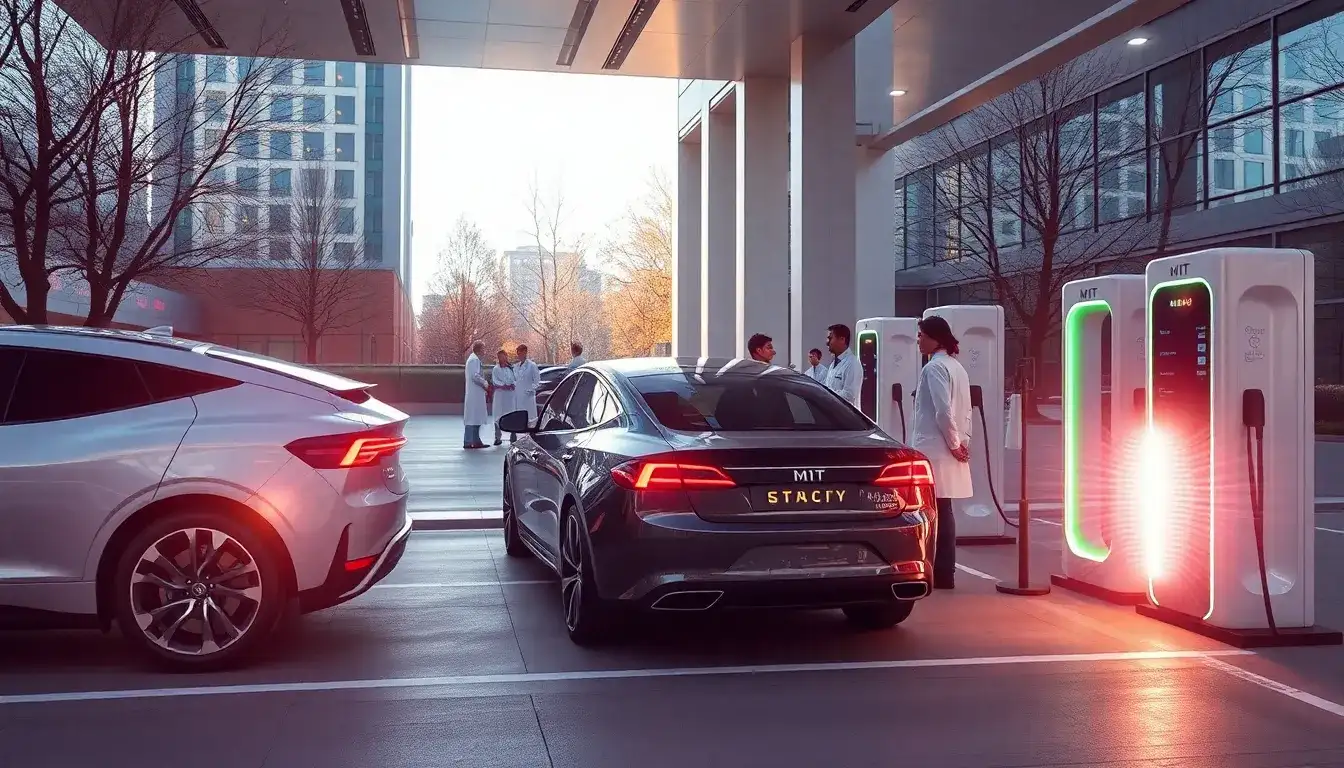
Researchers at Michigan State University have made a groundbreaking advancement in battery technology that could boost the efficiency of electric vehicles by up to 500% in cold weather conditions. This innovation was reported on April 5, 2025, and has the potential to revolutionize the electric vehicle market.
The new development, led by engineering professor Neil Dasgupta, focuses on a unique battery structure that remains effective in extreme cold, particularly at temperatures as low as -10°C. Dasgupta noted that this enhancement could significantly improve the performance of electric vehicle batteries in frigid environments, which has traditionally posed challenges for battery efficiency and lifespan.
Dasgupta explained, “This could be the fastest charging method available, as electric vehicle batteries typically require 30 to 40 minutes to reach a full charge. However, during winter, this timeframe could extend significantly.” He emphasized that the cold weather’s effect on battery performance has been a persistent issue, leading to slower charging speeds and reduced battery life.
To address these challenges, Dasgupta and his team have developed a new material that incorporates a 20-nanometer layer of graphene-based compounds, which can effectively mitigate the adverse effects of cold temperatures on battery performance.
Current electric vehicle batteries struggle during winter months due to decreased ion movement, resulting in poor efficiency and a shorter lifespan. The research aims to extend the operational range of electric vehicles in cold climates, allowing manufacturers to create more reliable battery solutions without extensive redesigns of existing production lines.
Dasgupta also highlighted that their technology could be utilized for electric vehicle batteries manufactured on a large scale, eliminating the need for significant modifications to current production processes. “We want to show how this technology can enhance battery density in low-temperature environments,” he stated.
For more updates and insights, you can visit the Michigan State University news page at Relevant anchor text.







